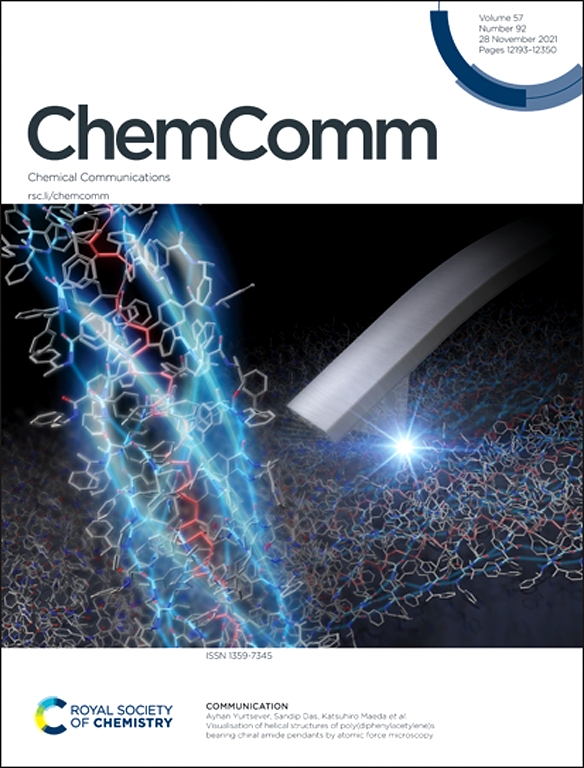零放电,自给自足的3d打印微生物电解电池的生物制氢:综述。
IF 4.2
2区 化学
Q2 CHEMISTRY, MULTIDISCIPLINARY
引用次数: 0
摘要
微生物燃料电池(MFC)和微生物电解电池(MEC)技术已被广泛应用于实验规模的生物能源(电力)生产、生物氢(H2)生产、生物传感和废水处理等领域。在商业化和工业安置方面仍有许多障碍需要克服。这些困难包括漫长的启动时间,管理大反应量的复杂反应堆设计,以及昂贵且耗时的大规模系统制造过程。有趣的是,将三维(3D)打印与MFC和MEC技术相结合似乎是克服这些障碍的可行且有前途的方法。此外,使用3D打印的生物阳极,在当前一代使用MFC和MEC的快速启动中没有延迟是可能的。此外,通过使用3D打印技术,为堆叠的MFC和mec以及电化学电容器(ECC)系统供电,可以从废水中产生氢气。据作者所知,这篇综述论文是第一个明确强调使用3D打印创建堆叠MFC-ECC-MEC系统与光生物反应器(PBR)相结合,以产生大量的H2和二氧化碳(CO2)可用于藻类生产。3D打印技术的一个显著特点是其可靠的生产能力,使MFC-ECC-MEC-PBR系统能够通过建立大量MFC-ECC-MEC-PBR单元来扩展,而不会产生材料浪费和人为错误。本综述试图提供3D打印应用的最新状态,这意味着推动MFC-ECC-MEC-PBR系统向前发展。本文章由计算机程序翻译,如有差异,请以英文原文为准。

Zero-discharge, self-sustained 3D-printed microbial electrolysis cell for biohydrogen production: a review
Microbial fuel cell (MFC) and microbial electrolysis cell (MEC) technologies have been used recently in bench-scale bioenergy (electricity) generation, biohydrogen (H2) production, biosensing, and wastewater treatment. There are still a lot of obstacles to overcome in terms of commercialization and industrial settling. These difficulties include lengthy start-up times, intricate reactor designs for managing large reaction volumes, and expensive and time-consuming large-scale system fabrication procedures. Interestingly, combining three-dimensional (3D) printing with MFC and MEC technology appears to be a workable and promising way to get past these obstacles. Moreover, a rapid start-up with no delays in the current generation using MFC and MEC is possible with 3D printed bio-anodes. Furthermore, H2 can be generated from wastewater by powering a stacked MFC and MEC-coupled with electrochemical capacitor (ECC) system using 3D printing technology. To the best of the author's knowledge, this review paper is the first to explicitly highlight the use of 3D printing in creating a stacked MFC–ECC–MEC system in conjunction with a photobioreactor (PBR) to produce significant quantities of H2 and carbon dioxide (CO2) can be utilized for algae production. A notable feature of 3D printing technology is its reliable production capabilities, enabling MFC–ECC–MEC–PBR systems to be expanded by setting up numerous stacks of MFC–ECC–MEC–PBR units devoid of material waste and human error. The present review attempts to provide an update on the current status of the 3D printing application, that is meant to propel the MFC–ECC–MEC–PBR system forward.
求助全文
通过发布文献求助,成功后即可免费获取论文全文。
去求助
来源期刊

Chemical Communications
化学-化学综合
CiteScore
8.60
自引率
4.10%
发文量
2705
审稿时长
1.4 months
期刊介绍:
ChemComm (Chemical Communications) is renowned as the fastest publisher of articles providing information on new avenues of research, drawn from all the world''s major areas of chemical research.
 求助内容:
求助内容: 应助结果提醒方式:
应助结果提醒方式:


